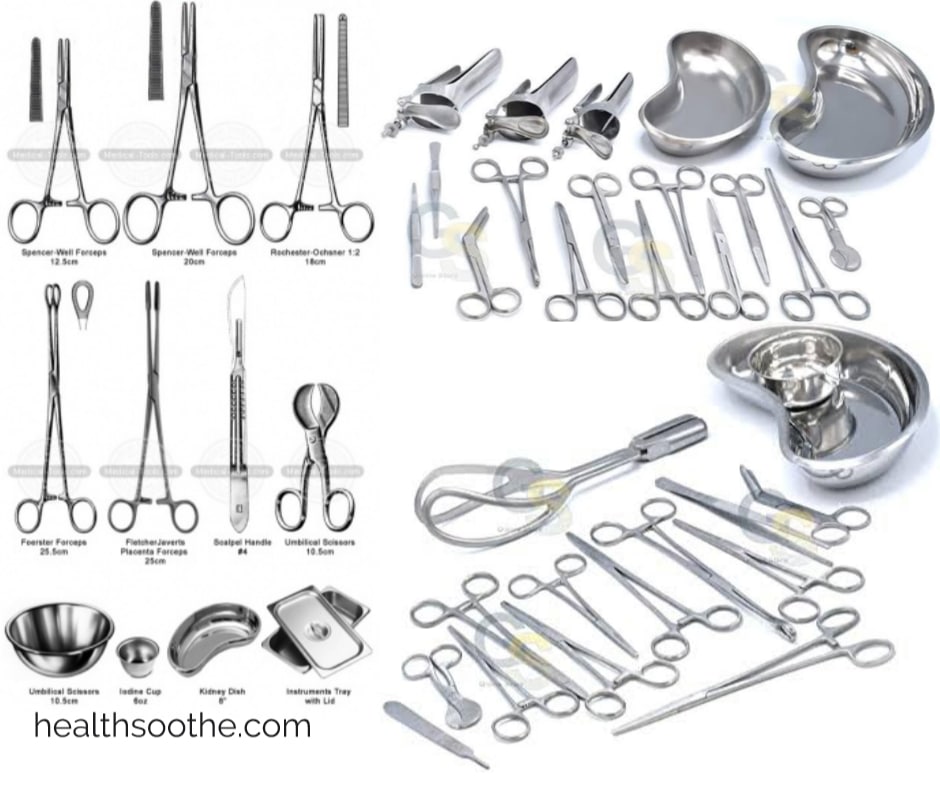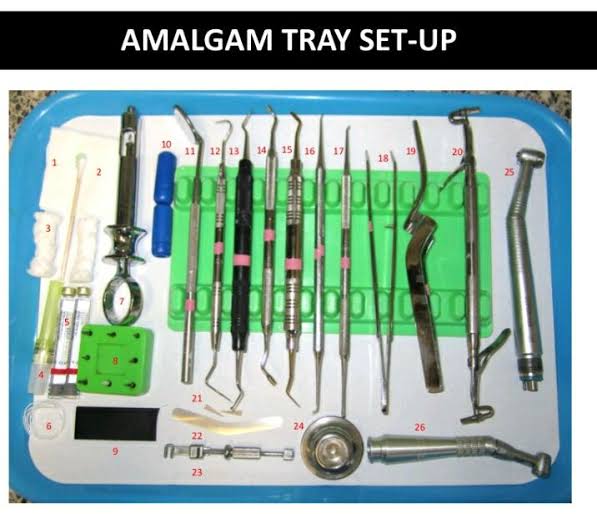Having a child is one of life’s greatest joys, but many women may not be ready for a baby right now. Several birth control methods can be used to prevent pregnancy, including short and long-term options.
Birth control is an individual decision; not every method will work with every woman’s body. Consulting with a gynecologist is the best way to determine which birth control option is right for you, based on your medical history.
Pills
Oral contraceptives, or pills, are the most common type of birth control. The pills come in a monthly pack, with one pill taken at or around the same time every day for maximum effectiveness. A prescription is needed for birth control pills.
It’s important to note that some medications, including antibiotics, can interfere with birth control pills and make them less effective at preventing pregnancy.
Patch
An adhesive patch placed on the skin is another birth control method. Hormones transfer through the skin via the patch. A new patch is placed on the skin once a week for four weeks. After four weeks, the patch is removed for the menstrual cycle. A new patch is put in place each month.
Barrier Methods
Condoms are one barrier method of birth control that couples can use to prevent pregnancy. However, women can also use a diaphragm, cervical cap, or sponge. The round barriers are placed deep in the vagina to block sperm from entering the cervix. Spermicide (a chemical that destroys sperm) must be used with the three barrier methods.
Vaginal Ring
A vaginal ring is another birth control method placed in the vagina. It releases hormones that prevent pregnancy. After three weeks, the ring is removed so the menstrual cycle can begin. A new vaginal ring must be inserted every month after the menstrual cycle.
Injection
If you’re looking for a low-maintenance and short-term birth control option, an injection in the upper arm might be right for you. Each injection lasts for up to three months at a time. The injections are often given at a doctor’s office.
Implant
There are a few long-term birth control options, and the implant is one of them. Similar to the injection, a small device is implanted into the upper arm to release contraceptive hormones. The implant lasts for up to three years and can be removed at any time.
IUD
Many women opt for an Intrauterine device (IUD) to prevent pregnancy. A plastic and copper device shaped like a ‘T’ is inserted into the uterus, effectively blocking sperm from entering. IUDs are a long-term birth control, with some lasting up to 12 years. However, they are also easily removed at any time without any complications.
Studies show that any of these seven birth control options are more effective than relying solely on condoms. Health issues may prevent women from using certain types of birth control, but they can succeed with another type. Consult your doctor to find the best birth control option for your personal needs.








